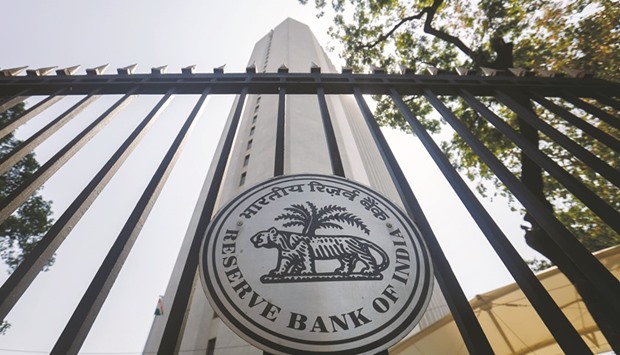Record turnover in India’s government debt is adding to the signs that investors just can’t get enough of Asia’s highest-yielding bonds.
The daily turnover for the notes on the Reserve Bank of India’s dealing platform reached an unprecedented Rs1.43tn ($21.4bn) last week, data compiled by Bloomberg show. At Rs921bn, the daily average value of securities traded for the month of July was also an all-time high, and more than double the amount for the first six months of 2016, as benchmark 10-year bonds capped their best month since May 2013.
BlackRock, the world’s largest money manager, and HSBC Global Asset Management are among investors bullish on sovereign securities that have delivered Asia’s best returns over the past year after Indonesia.
Foreign holdings of the notes jumped by about Rs77bn last month, as concern abated that Brexit will have a lasting impact on Asia’s third-largest economy. Improving liquidity and mounting speculation of a dovish new RBI governor has spurred appetite for the debt locally.
“Expectations of the Federal Reserve backing off from raising interest rates and stimulus measures from other global central banks economies” have swelled interest in the debt market, said Harihar Krishnamoorthy, Mumbai-based treasurer at the local unit of South African lender FirstRand. “We have seen the local market liquidity turning into a surplus. That’s created decent demand for bonds.”
India’s central bank has injected Rs800.1bn through open-market debt purchases since April 1 as part of efforts to boost cash supply. That’s driven a benchmark three- month interbank rate to an almost six-year low of 6.95%, from 8.11% at the end of March.
Investors earned 2.9% from rupee sovereign debt last month, the most in data going back to early 2010, indexes complied by Bloomberg show. Returns over the past year, at 13.1%, are second only to Indonesia among Asian emerging markets. India’s benchmark 10-year notes pay 7.14%, the highest yield among the region’s major markets. That’s despite July’s 28-basis point plunge, the biggest since May 2013.
Bonds have rallied as a pick-up in monsoon rains spurred optimism that better crop output will help contain inflation and as speculation mounted that a successor to central bank Governor Raghuram Rajan will lean towards looser monetary policy. Brent crude’s 15% slide in July is also seen helping abate price pressures in India, which relies on imports for about three quarters of its oil.
The 10-year yield dropped another three basis points yesterday. India’s one-year rate swaps declined four basis points to 6.47%. The RBI, which next reviews monetary policy on August 9, has kept the benchmark repurchase rate unchanged since reducing it to a five-year low of 6.50% in April.
Last month’s increase in overseas holdings of sovereign notes was the biggest since October, when the nation relaxed investment curbs to allow global funds greater access to the market. The Bank of Japan expanded its purchases of exchange-traded funds and doubled the size of a US dollar lending programme on Friday, even as it refrained from boosting the pace of government-bond purchases. Emerging-market assets climbed on Monday as reduced bets for US interest-rate increases spurred demand.
“The surge in bond trading has been led by expectations that global central banks will stay in an easing mode and commodity prices will remain soft,” said Bansi Madhavani, Mumbai-based analyst at India Ratings & Research in Mumbai. “We remain cautiously optimistic on the markets. The major part of the bond rally is now behind us.”

The Reserve Bank of India logo is displayed on a gate at its headquarters in Mumbai. The daily turnover for the notes on the RBI’s dealing platform reached an unprecedented $21.4bn last week, according to Bloomberg data.
